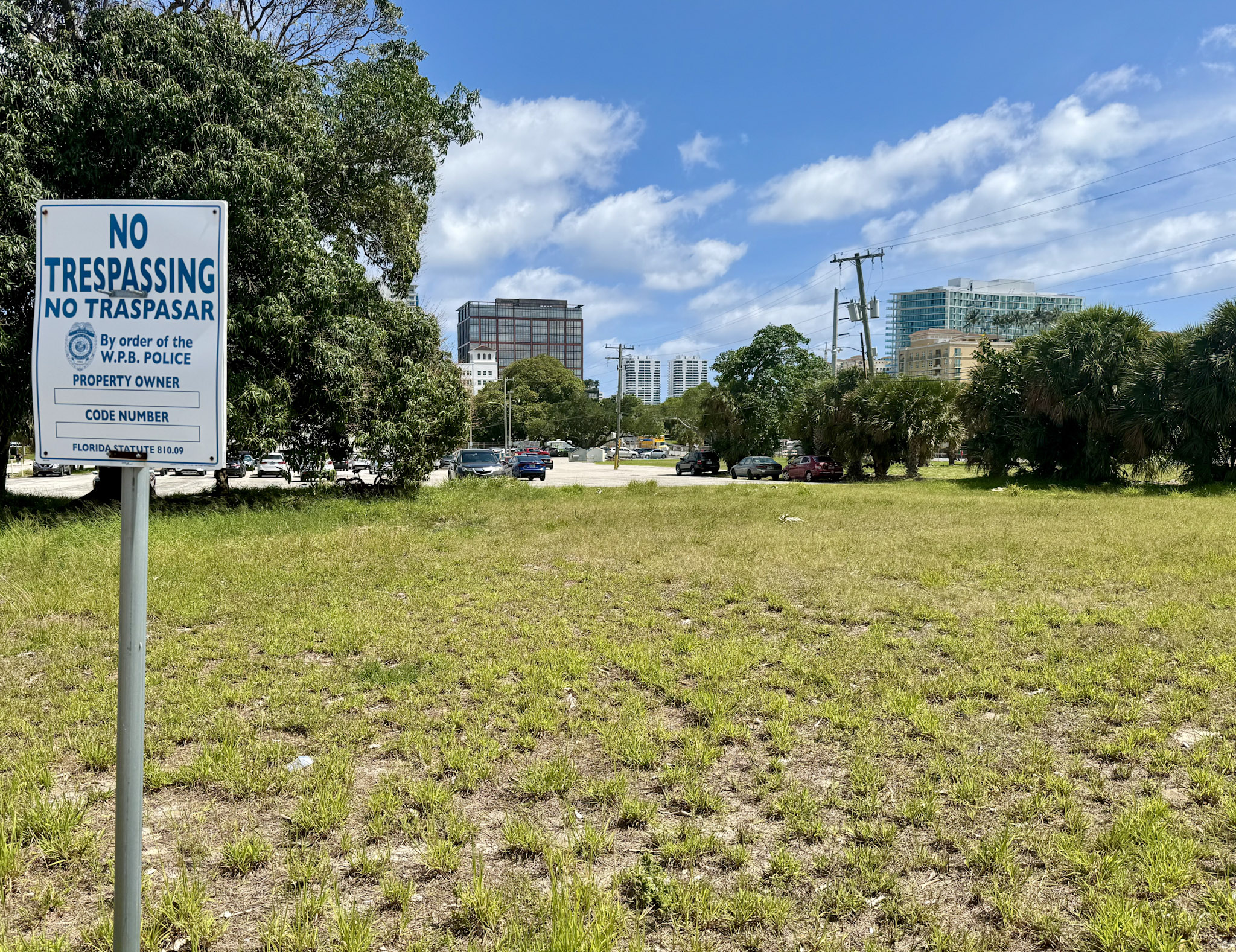Overhaul of Urban Public Transport Frameworks in India: A Study Emphasizing Sustainable Development Goals
Introduction
A recent white paper released by the Indian branch of global consulting firm Kearney highlights the urgent need to overhaul urban public transport frameworks in India. This initiative aligns closely with the United Nations Sustainable Development Goals (SDGs), particularly SDG 11 (Sustainable Cities and Communities), SDG 9 (Industry, Innovation and Infrastructure), and SDG 13 (Climate Action).
Key Findings and Recommendations
-
Establishment of a Central Standards Authority
The study recommends the creation of a dedicated central standards authority responsible for defining infrastructure design, vehicle specifications, operational protocols, and safety standards. This authority would leverage global benchmarks while customizing solutions for the local Indian context, supporting SDG 9 and SDG 11.
-
Adoption of Last-Mile Connectivity and Multimodal Integration
Following globally recognized models such as Singapore’s integrated metro and feeder bus system and Amsterdam’s extensive cycling lanes, the study advocates for:
- Last-mile connectivity solutions
- Multimodal transport integration
- Integrated ticketing and real-time tracking systems
These measures aim to promote sustainable urban mobility and reduce congestion and pollution, directly contributing to SDG 11 and SDG 13.
-
Conducive Land-Use Planning and Compact Communities
The paper emphasizes the development of compact, walkable communities around transit hubs to curb urban sprawl, increase public transport ridership, and foster sustainable urban development, supporting SDG 11 and SDG 3 (Good Health and Well-being).
-
Empowered Metropolitan Transport Authorities
To overcome fragmented policies and improve coordination, the study calls for empowered metropolitan transport authorities to streamline planning and deliver seamless mobility across modes, enhancing governance under SDG 16 (Peace, Justice and Strong Institutions).
-
Addressing Systematic Barriers
The researchers identified three main barriers:
- Delays and cost overruns due to poor project implementation
- Policy fragmentation and limited coordination
- Underutilization of alternative funding mechanisms such as land value capture
Addressing these barriers is essential for sustainable urban transport development.
-
Promotion of Cost-Effective and Sustainable Transport Options
The study suggests adopting transport solutions tailored to geography and demand, including buses, trams, ropeways, and metro systems, based on data-driven analysis of demographics and travel patterns, aligning with SDG 9 and SDG 11.
-
Fostering Domestic Ecosystems for Manufacturing and Skill Development
Encouraging domestic manufacturing, skill development, and technology transfer is recommended to create self-reliance and stimulate economic growth, supporting SDG 8 (Decent Work and Economic Growth) and SDG 9.
Contextual Challenges
- By 2030, 40% of India’s population is projected to reside in urban areas, intensifying congestion, pollution, and productivity loss.
- Congestion in major cities such as Delhi, Mumbai, Bengaluru, and Kolkata results in an economic loss exceeding $22 billion annually.
- India hosts six of the world’s nine most polluted cities, underscoring the urgency for sustainable transport solutions (SDG 13).
- Despite expansion, metro rail ridership remains low at 5.5% of the population in 23 cities with metro networks, with Delhi accounting for 77% of ridership.
- Bus systems face operational challenges, with only 72% of the fleet currently operational despite electrification efforts.
Conclusion and Call to Action
The study concludes that India’s urban transit challenge extends beyond infrastructure to integration and coordination. Governments are urged to prioritize people over vehicles, sustainability over short-term gains, and collaboration over isolation. Embracing these principles with urgency can pave the way for greener, more connected cities, fulfilling the vision of the Sustainable Development Goals and ensuring a better future for all citizens.
1. Sustainable Development Goals (SDGs) Addressed or Connected
- SDG 11: Sustainable Cities and Communities
- The article focuses on urban public transport frameworks, congestion, pollution, and sustainable urban development, directly relating to SDG 11 which aims to make cities inclusive, safe, resilient, and sustainable.
- SDG 9: Industry, Innovation and Infrastructure
- The emphasis on infrastructure design, vehicle specifications, operational protocols, and fostering a domestic ecosystem for manufacturing and technology transfer aligns with SDG 9.
- SDG 13: Climate Action
- Addressing pollution, promoting electrification of buses, and sustainable transport options contribute to climate action goals.
- SDG 3: Good Health and Well-being
- Reducing pollution and congestion improves urban air quality, which impacts health positively.
- SDG 8: Decent Work and Economic Growth
- Fostering skill development and economic growth through transport sector transformation relates to SDG 8.
2. Specific Targets Under Those SDGs Identified
- SDG 11: Sustainable Cities and Communities
- Target 11.2: Provide access to safe, affordable, accessible and sustainable transport systems for all, improving road safety, notably by expanding public transport.
- Target 11.3: Enhance inclusive and sustainable urbanization and capacity for participatory, integrated and sustainable human settlement planning and management.
- SDG 9: Industry, Innovation and Infrastructure
- Target 9.1: Develop quality, reliable, sustainable and resilient infrastructure, including regional and transborder infrastructure, to support economic development and human well-being.
- Target 9.2: Promote inclusive and sustainable industrialization and, by 2030, significantly raise industry’s share of employment and gross domestic product.
- SDG 13: Climate Action
- Target 13.2: Integrate climate change measures into national policies, strategies and planning.
- SDG 3: Good Health and Well-being
- Target 3.9: Reduce the number of deaths and illnesses from hazardous chemicals and air, water and soil pollution and contamination.
- SDG 8: Decent Work and Economic Growth
- Target 8.2: Achieve higher levels of economic productivity through diversification, technological upgrading and innovation.
3. Indicators Mentioned or Implied to Measure Progress
- SDG 11 Indicators
- Proportion of population that has convenient access to public transport (implied by focus on last-mile connectivity, multimodal integration, and transit hubs).
- Urban population living in slums or informal settlements (implied by focus on compact, walkable communities and urban sprawl).
- SDG 9 Indicators
- Proportion of the urban population living in cities with a direct public transport system (implied by metro rail and bus system data).
- Share of domestic manufacturing and technology transfer in transport sector (implied by fostering domestic ecosystem and skill development).
- SDG 13 Indicators
- Levels of air pollution in cities (implied by mention of pollution and electrification of buses).
- Reduction in greenhouse gas emissions from transport sector (implied by sustainable transport options).
- SDG 3 Indicators
- Mortality rate attributed to household and ambient air pollution (implied by addressing pollution in urban areas).
- SDG 8 Indicators
- Employment in transport sector and related industries (implied by skill development and economic growth focus).
4. Table: SDGs, Targets and Indicators
| SDGs | Targets | Indicators |
|---|---|---|
| SDG 11: Sustainable Cities and Communities |
|
|
| SDG 9: Industry, Innovation and Infrastructure |
|
|
| SDG 13: Climate Action |
|
|
| SDG 3: Good Health and Well-being |
|
|
| SDG 8: Decent Work and Economic Growth |
|
|
Source: hindustantimes.com







